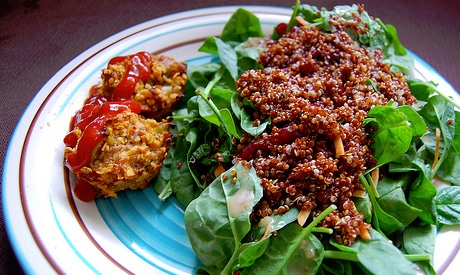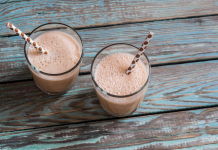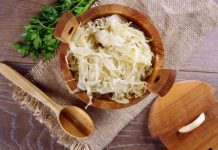
The next time you are looking for a different type of grain or seed to try for yourself or to serve to your family, you may want to consider kaniwa (Chenopodium pallidicaule), a cousin of the popular quinoa (C. quinoa). Both kaniwa and quinoa share several traits, such as the fact that they hail from the same part of the world-the Andes Mountains in Peru-and that they are seeds and not grains. But kaniwa has a special trait its cousin does not.
Similarities between the Seeds
Both seeds have a similar taste, which has been described as nutty with a tinge of sweetness. These cousins also are great sources of protein as well as calcium, fiber, zinc, and iron. If you have celiac disease, kaniwa is another gluten-free seed you can add to your menu.
Read more about quinoa
When it comes to cooking kaniwa, it is even easier than preparing quinoa-and if you make quinoa you know how easy it is to cook. But here is where kaniwa’s special trait enters the picture.
Kaniwa is Different
When you prepare quinoa, you need to rinse the seeds thoroughly to remove any saponins, the substance that gives quinoa a soapy, bitter taste. If you prepare kaniwa, you can skip the rinsing because these seeds don’t have saponins.
Kaniwa also is smaller than quinoa and boasts a dark reddish-brown color. Like its cousin, kaniwa can be used as a side dish mixed with veggies or nuts or it can be added to salads, stews, and soups. Kaniwa makes a nutritious stuffing for pita pockets, peppers, tomatoes, or squash. If you have a recipe that calls for quinoa, substitute kaniwa!
Try these delicious quinoa recipes
How To Buy and Prepare Kaniwa
Kaniwa is still rather new to North America, so it may not be on your natural food store’s shelf yet. However, it is available online from several companies.
If you want to get the maximum flavor from kaniwa, toast it before you cook it. To prepare kaniwa (toasted or untoasted), add 1 cup of dry kaniwa to 2 cups of water (1/8 teaspoon of salt is optional). Bring the water to a boil, then lower the heat so the kaniwa simmers, uncovered, for 15 to 20 minutes. Now take those 2 cups of cooked kaniwa and add your favorite stir-fried veggies, a sprinkling of nuts or dried cranberries, and you have a nutritious side dish or meal. Kaniwa also makes a wonderful hot breakfast cereal with a dab of organic honey or a handful of fresh berries.
Photo Credit: mary_thompson










